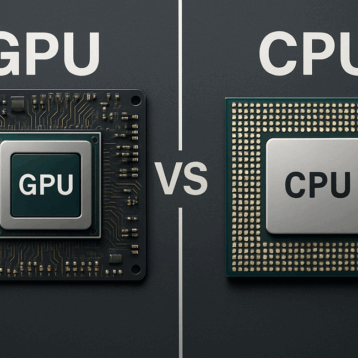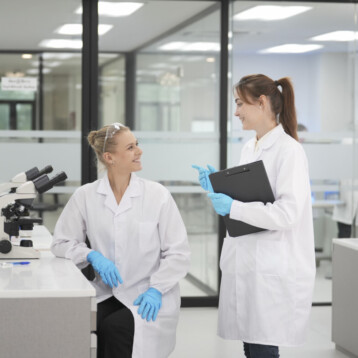
From self-driving cars to drones delivering packages, robots are not just a thing of science fiction. These cutting-edge machines are transforming the healthcare, manufacturing, and agriculture sectors. This article details what robotic technologies are, the latest developments and robotic applications that are shaping the future.
Understanding Robotic Technologies
Robotics technologies involve designing, constructing, and operating robot machines capable of performing tasks with precision and speed that surpass human capabilities. Think of a robot as a computer in motion, programmed to interact with its environment.
They are equipped with sensors to perceive their surroundings, create movement, and control systems to handle tasks and interactions. The power of robotics lies in artificial intelligence. AI brings smart machines, enabling them to learn from their experiences, adapt to new situations, and make decisions.
Advancements in Robotics
In recent years, robots have become more agile and flexible. They’re capable of performing complex tasks like running, jumping, and dancing. Due to the integration of artificial intelligence, cognitive abilities are also advancing. Deep learning algorithms are allowing robots to interpret and respond to situations better.
One of the developments in robotics is shifting from single-task to multitask machines. Modern robots can switch between tasks, mirroring the flexibility of the human workforce. In the ever-evolving field of robotics and automation, these cutting-edge machines are characterized by fascinating breakthroughs that redefine the boundaries of innovation. One notable advancement that captures the essence of pushing technological frontiers is the integration of fish x-ray imaging in robotic design.
The Impact of Artificial Intelligence on Robotics
Artificial intelligence is revolutionizing the field of robotics, creating smarter and more autonomous machines. With advancements in machine learning, robots are now capable of self-learning and decision-making, therefore reducing their dependence on human programming.
One of the areas where AI has had an impact is in industrial automation. Robots are no longer used for repetitive tasks. Equipped with AI, they can now handle sophisticated processes that require adaptability and problem-solving skills, enhancing productivity while reducing errors. Another impact of AI is the rise of social robots.
These AI-driven machines interact with humans in a meaningful way, understanding and responding to their emotions. From educational robots to therapeutic ones. AI is redefining how robots can contribute to society.
Applications of Robotics in Manufacturing, Healthcare, and Space Exploration
When it comes to manufacturing, manual labor is now being overshadowed by intelligent robots capable of carrying out tasks with clarity and speed. For instance, automobile factories are using robotic arms to assemble parts, paint vehicles, and even conduct quality checks.
In healthcare, robotics are transforming the way to diagnose and treat illnesses. Robotic surgical systems are breaking ground by enabling high-precision, minimally invasive surgeries. Guided by skilled surgeons, these robotic arms can make correct incisions, reducing the risk of complications and hastening recovery times.
With AI, space exploration makes it possible to explore distant planets and moons in ways humans can’t. They can withstand extreme conditions, gather data, and send it back to earth, providing scientists with invaluable insights into the universe.
Endnote
The field of robotics is reshaping industries and expanding possibilities. From manufacturing to space exploration, the impact of robotic technology and AI is far-reaching and transformative. The future of robotics is promising, where technology is a tool in our quest to progress.










